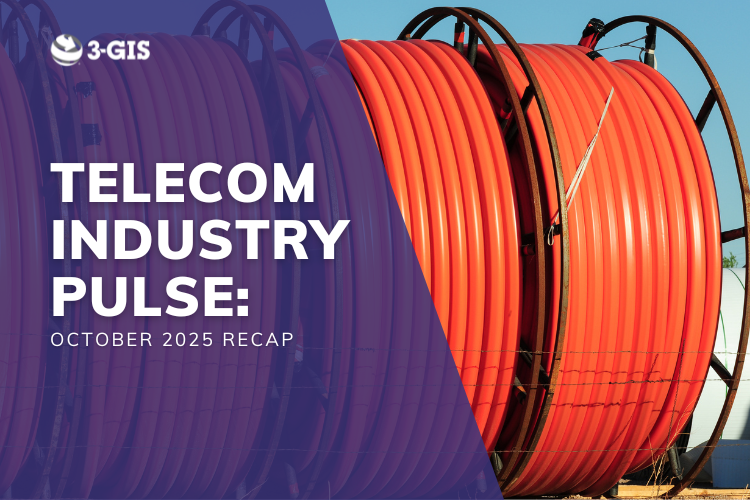In our previous post, we looked at the main drivers that make migrating from a legacy GIS solution necessary. In this post, we deal with the pivotal considerations that telecom professionals must keep in mind when embarking on the migration to newer solutions. These insights will help organisations of all sizes chart a successful course toward a more streamlined, agile, and future-ready GIS.
What are the key considerations for migration?
Here are the critical preparatory steps to keep in mind as you assess requirements for work processes, internal systems, and user operations.
Assessing current infrastructure:
A comprehensive assessment of your current infrastructure is a crucial step. This involves identifying all the data sources, systems, and applications that rely on your existing solution. You need to evaluate how these components will be affected by the migration and any disruption to daily operations. Additionally, consider the integration of other technologies, such as mobile devices, which may require compatibility with the new system.
Define clear objectives:
Before beginning the migration process, establish clear objectives for the new GIS system. Identify what problems you aim to solve, what capabilities you require, and how the new system will align with your organisation's goals.
Data migration strategy and plan:
Data is the lifeblood of a telecom network and migrating to a new solution can be a complex and challenging task. It's crucial to establish a robust data migration plan that includes data cleansing, transformation, and validation processes. It is vital to ensure that data quality is maintained during the migration to avoid network disruptions and inaccuracies in service delivery.
Skills and training needs:
Assess the skill levels of your current team and identify gaps in their knowledge. Research vendor training and resources to ensure that your team is proficient with the new solution.
Change management:
Implement a robust change management strategy that involves stakeholders, communicates the benefits of the new system, and addresses concerns and objections. We will discuss change management in more detail in a later post.
Integration with existing systems:
Consider how the new GIS system will integrate with your organisation's existing software, such as OSS/BSS software, and data infrastructure. Compatibility and data interoperability are essential for a seamless workflow.
Scalability and performance:
Evaluate the scalability and performance capabilities of the replacement GIS solution. Ensure it can handle your current and future needs without compromising performance.
Data governance and security:
Develop a comprehensive data governance strategy to ensure data quality, access control, and compliance with relevant regulations. Implement robust security measures to protect sensitive data.
Vendor selection:
Choose a vendor or service provider with a proven track record in telecom management. Consider factors like support, scalability, and future development plans.
Pilot testing and validation:
Before fully implementing the new solution, thorough testing and validation are imperative as part of a phased rollout. Conduct pilot tests in real-world scenarios to identify any issues or discrepancies. Testing should encompass network functionality, data accuracy, integration with other systems, and user experience. Make necessary adjustments based on test results to ensure a smooth transition.
Throughout this exploration of key considerations, we've emphasised the importance of thorough planning, data accuracy, integration capabilities, and user adoption. These factors, combined with a clear understanding of your organisation's unique needs, will determine the success of your migration project and ensure your infrastructure is not just ready for today, but primed for the challenges and opportunities of tomorrow.
This blog is based on our recent webinar ‘Migrating to a modern platform. What to consider? What to avoid?’ You can watch the session on-demand here.
Ericsson Network Engineer customer? Download our e-book ‘Modernizing your fiber network management strategy – The essential guide to moving from ENE’.



